New Technologies

In our ever-changing environment, technology acts as a catalyst for change, moving us toward a future full of limitless opportunities. Twenty emerging technologies are changing our world forever, but not in ways you might expect. We will explore quantum computing, humanoid robots, generative ai, brain-computer interfaces, internet of things, and more. As we travel through the worlds of innovation and discovery, let us remember that while technology affects our road forward, our vision, creativity, and humanity ultimately define our destination.
Artificial general intelligence, sometimes known as AGI, is the concept of a machine that can understand, learn, and use its knowledge to solve any problem, much like a human. Unlike narrow AI, which is designed for specific tasks, AGI would be able to handle a wide variety of tasks and adapt to new situations independently. Leading organizations such as OpenAI and Google DeepMind are making significant contributions to AGI research.
Researchers are developing models to perform more complicated abstract tasks beyond pattern recognition and data processing. Another fascinating breakthrough is in the subject of reinforcement learning, in which AI systems learn to make judgments through trial and error and are rewarded for their efforts. This strategy is viewed as a possible avenue to building more general problem-solving capabilities in AI.
The evolution of AGI could have far-reaching ramifications. If successful, AGI could perform a wide range of jobs, including complicated scientific research, medical diagnosis, creative arts, and decision-making. We may reach a point when AGI is capable of managing any computer-related task, and it may even outperform human intelligence in some areas, resulting in breakthroughs in a variety of sectors. AGI could potentially lead to the development of more intuitive and adaptable personal assistants that can understand and respond to a wide range of human needs and preferences.
Furthermore, AGI could automate complicated activities in industry, resulting in huge efficiency improvements. Artificial general intelligences may have the power to improve their own algorithms and designs, potentially leading to superintelligent AIs. These superintelligent AIs could be thousands, if not millions, of times more intelligent than humans. Such sophisticated AIs have the potential to generate new technologies and transform society in ways that are currently difficult to comprehend.

CRISPR: gene editing is a groundbreaking approach in biotechnology that has made great progress, notably with the introduction of CRISPR-Cas9 technology. Gene editing involves precisely modifying the DNA of a cell or organism. The most extensively used gene editing tool, CRISPR-Cas9, acts similarly to molecular scissors. It uses guide RNA to determine the specific DNA sequence to be edited and the Cas9 enzyme to cut the DNA at that precise location. This allows scientists to remove, add, or replace certain genomic sequences, thus changing the genetic code.
The application of gene editing to medical research and therapy is among the most fascinating recent developments in the field. Scientists are using CRISPR to correct genetic defects in animal models, raising hopes for treating genetic disorders in humans such as cystic fibrosis, sickle cell anemia, and muscular dystrophy. Another notable advancement is the use of gene editing in cancer research, which is being utilized to modify immune cells to better target and eliminate cancer cells.
Gene editing has the potential to bring about even more revolutionary breakthroughs in medicine and agriculture. In healthcare, gene editing may be used frequently to correct genetic flaws in human embryos, potentially averting hereditary diseases. Parents might even choose specific physical traits for their children, such as height, eye color, and IQ. Such capabilities could benefit young children in various areas of life, prompting ethical concerns regarding the societal implications of such decisions.
Furthermore, personalized medicine, which involves therapies tailored to an individual's genetic profile, may soon become the norm. Practices in healthcare are changing the way we approach medical care. In agriculture, gene editing could result in crops that are more nutritious, produce higher yields, and are resistant to pests and environmental challenges. This could be critical in addressing food security issues caused by the rising global population and changing climate conditions.
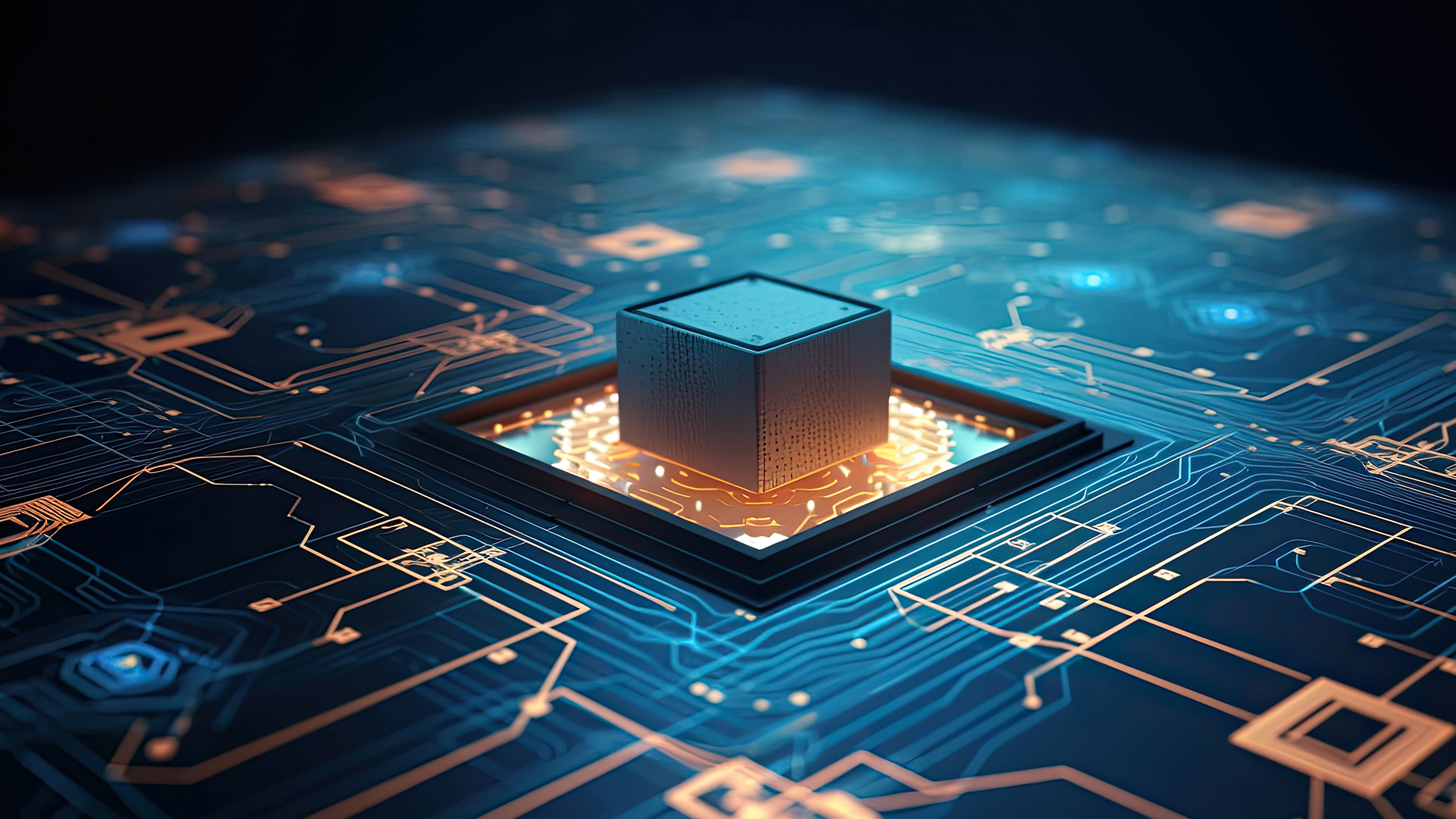
Quantum computing is one of the most intriguing and rapidly developing disciplines in technology. Unlike classical computing, which uses bits as the fundamental unit of information represented as either zero or one, quantum computing utilizes quantum bits, or qubits. Qubits possess the unusual ability to exist in multiple states simultaneously, according to quantum physics principles such as superposition and entanglement. This empowers quantum computers to process a vast number of possibilities concurrently, potentially providing a significant increase in computational capacity for specific workloads.
A breakthrough in quantum computing has been achieved by Google: quantum supremacy. This term refers to a quantum computer's ability to execute calculations that are nearly impossible for a classical computer. Google's quantum computer, Sycamore, completed a calculation in 200 seconds that would have taken thousands of years for the world's most powerful supercomputer. Another major accomplishment is the development of quantum computers with more qubits, which enhances their computing capability. IBM is a major player in the Quantum Computing arena, regularly setting new benchmarks for constructing the world's fastest quantum computers.
Quantum computing has the potential to have a profound impact on a wide range of businesses. One such field is cryptography, where quantum computers have the ability to break many existing cryptographic schemes. This has led to the invention of quantum-resistant cryptography. In drug discovery and material research, quantum computers could simulate high-precision molecular and quantum mechanical systems, accelerating the creation of new pharmaceuticals and materials.
Furthermore, Quantum Computing can solve challenging optimization problems, with applications in logistics, finance, and artificial intelligence. Quantum computers could process large datasets more effectively than traditional computers, yielding new insights and advancements in machine learning and data analysis. However, significant hurdles remain, such as enhancing qubit stability and increasing the number of qubits while managing errors. As these challenges are addressed, Quantum Computing may transition from a primarily research-focused tool to a widely used technology capable of solving some of science and industry's most challenging problems.
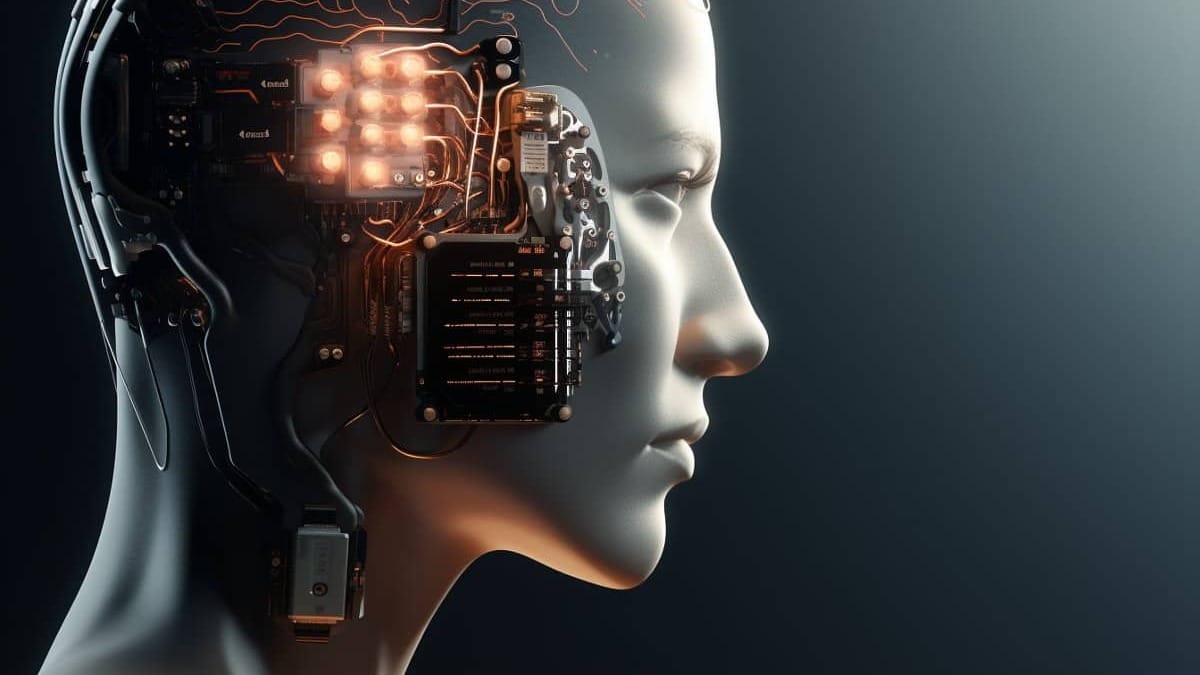
Neuralink and brain-computer interfaces are among the most cutting-edge developments in the field of neuroscience and technology. Neuralink, in particular, has gained attention for its ambitious goal of creating a high-bandwidth, minimally intrusive interface that connects the human brain directly to computers. The core technology consists of ultra-thin threads that are implanted in the brain to detect and record neuronal activity.
These threads connect to an external device that processes and interprets the brain's neural signals, converting them into computer-readable commands. The current focus of Neuralink and similar brain-computer interface technology is primarily medical, with the goal of assisting persons with paralysis or neurological problems. For example, brain-computer interfaces can allow people to control prosthetic limbs or computer cursors with their minds alone, providing a new level of independence.
Current research is also looking into the use of brain-computer interfaces to restore vision, hearing, and other sensory functions, as well as efforts to cure neurological illnesses including Parkinson's disease and epilepsy. Neuralink and other brain-computer interfaces may find a wide range of applications in the future. One area for improvement could be human cognition, such as boosting memory or speeding up mental processes. Brain-computer interfaces may also allow for more direct contact, such as telepathic sharing of thoughts or experiences. Brain-computer interfaces have the potential to enable fully immersive virtual reality experiences in which users can control the environment and interact with digital material using their thoughts.
Furthermore, brain-computer interfaces can be used in education and skill acquisition. They could potentially speed up learning processes by letting users download knowledge straight to their brains, similar to software downloads on computers. We could also combine our thoughts with artificial general and superintelligences, thereby enhancing our mental abilities to new heights.

Humanoid robots with recent breakthroughs are expanding the capabilities of these machines, making them more versatile, interactive, and humanlike. Humanoid robots, designed to replicate and emulate human body form and behavior, have made significant advances in mechanical design, sensory inputs, and cognitive processing capabilities.
A major advancement lies in their mobility and stability. Modern humanoid robots achieve a humanlike stride and balance through a combination of sensors, actuators, and complex algorithms, enabling them to navigate varied terrains and perform tasks such as climbing stairs or executing backflips. Companies like Boston Dynamics and Tesla are projected to remain dominant forces in the advanced robotics space for the foreseeable future.
The development of artificial intelligence and machine learning, which enable more intuitive and natural interactions between humans and humanoid robots, is another area of interest. They can recognize faces, understand words, and follow verbal commands. Robots like Sophia and AiCA stand out as some of the most well-known examples with these capabilities. Humanoid robotics may eventually play more prominent roles in various industries. In healthcare, they could assist with patient care, rehabilitation, and surgery, ensuring precision and consistency. Humanoid robots could also navigate hazardous situations during disaster response, conducting search and rescue activities too dangerous for humans.
Furthermore, as AI and robotics technologies advance, we may see humanoid robots becoming more prevalent in daily life, assisting in homes, schools, and businesses. They could serve as caregivers for the elderly, educators for children, or assistants in offices. Generative AI, a subfield of artificial intelligence focusing on creating new content, has made significant progress in recent years. One notable advancement is in natural language processing, exemplified by large language models developed by OpenAI. These models can generate human-like text, facilitating applications ranging from writing assistance to article creation.

Image generation and modification with AI systems like Mid Journey are able to generate realistic images and art from text descriptions. The field of AI-generated videos is also quickly evolving, with the potential to dramatically affect our daily lives. Generative AI works by training on large datasets to learn text patterns, styles, or structures. This involves studying a large body of written material and assessing various samples of artwork or pictures.
These AI models use complicated algorithms, often based on neural networks, to provide results that are comparable to their training data. They can recognize and recreate complex patterns and styles, making their outputs increasingly indistinguishable from human-generated content. It is anticipated that generative AI will advance significantly in the future. In the area of text generation, artificial intelligence may produce not only factual text but also complex creative works, such as scripts or novels, possibly working in tandem with human authors.
AI could also produce customized films across various genres. For example, you could ask an AI to create a two-hour film following Christopher Nolan's vision of The Matrix Universe. A few hours of pre-rendering could be all it takes for this custom film to be ready for TV viewing. The potential integration of generative AI with various industries to produce customized content is another intriguing possibility. For example, in education, AI could provide personalized learning materials tailored to a student's learning style and speed. In the entertainment industry, it could result in individualized gaming experiences or virtual reality environments. Imagine creating your own version of a Grand Theft Auto game set a century in the future.
Furthermore, generative AI could have a significant impact on research and development by generating hypotheses, designing experiments, or developing new scientific models. Its ability to analyze large amounts of data and generate fresh insights has the potential to expedite innovation across multiple areas.

Starlink satellites and internet represent a significant advancement in global internet connectivity. The project aims to provide high-speed internet access across the globe, particularly in remote and underserved areas. The current advancement of Starlink lies in its rapidly growing network of low Earth orbit satellites. Unlike traditional geostationary satellites that are positioned much farther from Earth, Starlink satellites are closer, reducing latency and increasing the speed of data transmission.
The Starlink network works by sending a constellation of tiny satellites into low Earth orbit. These satellites function together with terrestrial transceivers. Users receive a Starlink kit that contains a small satellite dish, often known as "Dishy," and a Wi-Fi router. The dish communicates with the overhead satellites, which carry internet signals to and from the ground. This satellite network is interconnected, with data transmitted between them using laser lines to ensure a continuous and stable internet connection.
Future developments may bring about major changes to Starlink's capabilities. Expanding the satellite network to give even more comprehensive global coverage, particularly in polar regions and other hard-to-access locations, is one potential option. This could result in really worldwide internet connectivity, bridging the digital gap and providing internet access to previously unconnected communities. Another interesting prospect is the integration of Starlink with other SpaceX initiatives, such as Mars colonization missions. Starlink could provide the communication infrastructure required for an interplanetary internet, allowing data transmission between Earth and Mars. This would be critical to the success of long-term space exploration and colonization endeavors.
Furthermore, as technology evolves, we may see increases in data throughput and latency, putting satellite internet on par with or even better than standard broadband offerings. This might cause a shift in how people access the internet, with satellite internet becoming a more popular alternative.
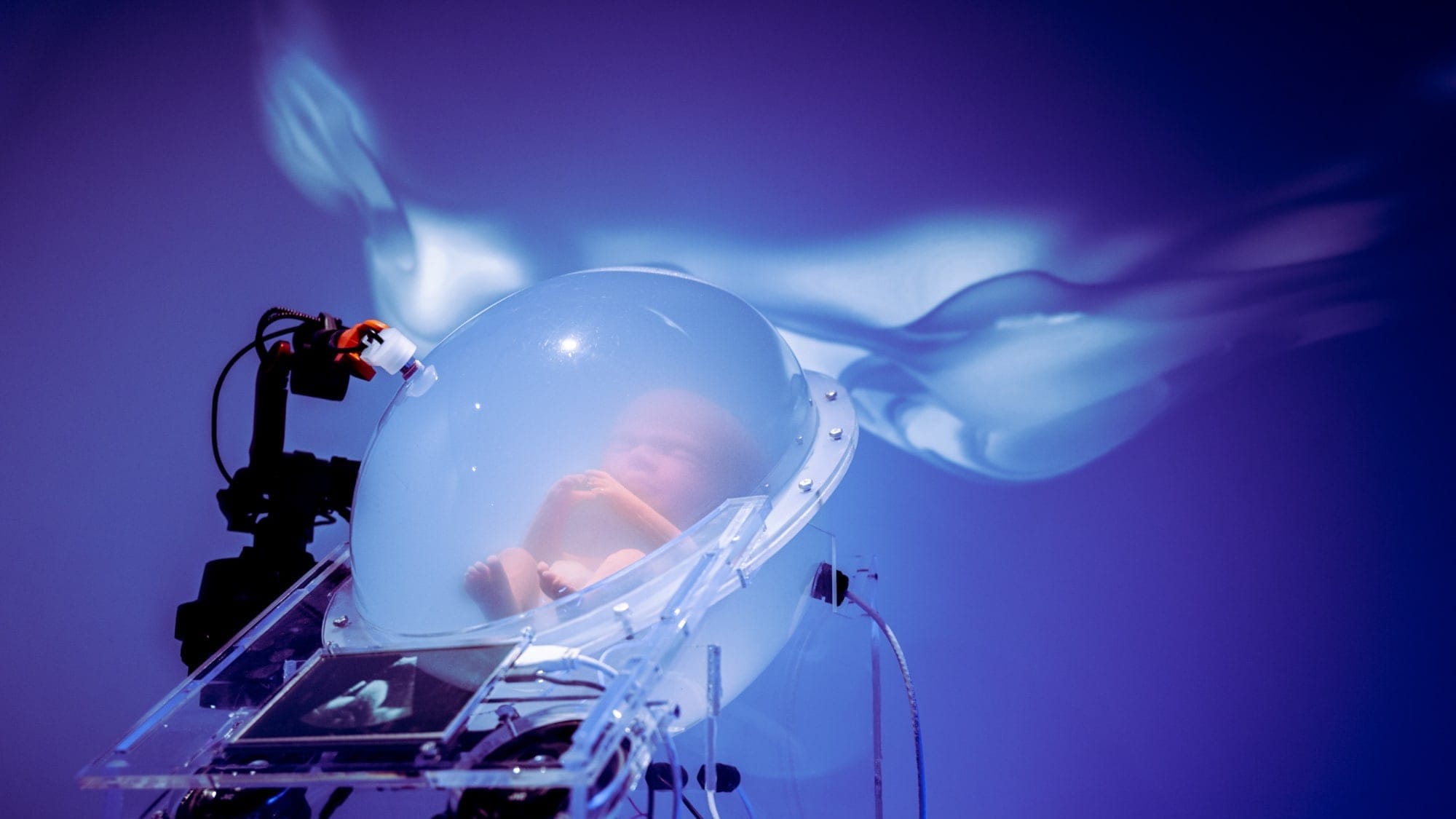
Artificial wombs, sometimes known as EXO wombs, represent a significant development in reproductive technology and newborn care. Currently, the most major advances in this subject are focused on creating conditions that can support the development of premature newborns outside of the human body. These artificial wombs attempt to replicate the environment of a natural womb as closely as possible. They usually incorporate a biobag filled with a fluid similar to amniotic fluid, providing nutrients and oxygen while eliminating waste.
The purpose is to create a more controlled and stable environment for premature infants, thus increasing their chances of healthy growth. An artificial womb works by replicating the physiological parameters of a normal uterus. This includes controlling the temperature, humidity, and fluid composition, as well as providing mechanical support and protection. Researchers are also exploring techniques to simulate the maternal-placental interface, ensuring that the fetus receives the necessary nutrients and hormonal signals for healthy growth.
Artificial wombs may eventually have broader applications beyond neonatal care for preterm infants. One potential field is infertility treatments, where artificial wombs could offer an alternative for those unable to carry a fetus. This could represent a significant advancement for couples experiencing infertility, single individuals, and same-sex couples hoping to have biological children.
Furthermore, artificial wombs may be used for space exploration. As humanity considers long-term space voyages and planet colonization, the ability to safely gestate babies in space becomes increasingly important. Artificial wombs could provide a practical solution for human reproduction in space, where the absence of Earth's gravity and other environmental conditions complicate conventional pregnancy.
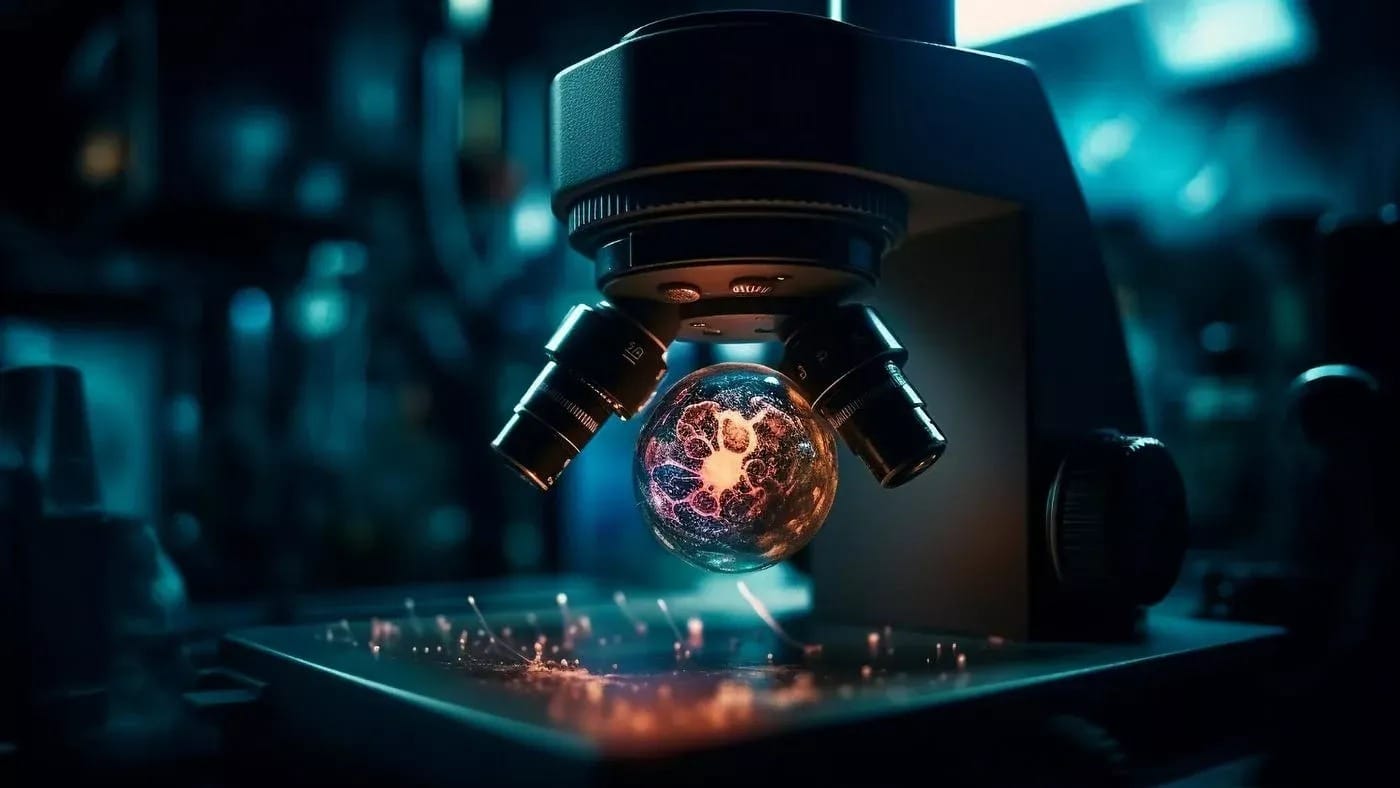
Nanotechnology, the manipulation of matter on an atomic or molecular scale, has made major advances in recent years, bringing forth a plethora of opportunities across various sectors. This technique works by manipulating nanoscale materials, typically smaller than 100 nanometers in size, to create novel structures, materials, and devices. At this scale, materials can exhibit distinct physical, chemical, and biological properties compared to their larger-scale counterparts, enabling innovative applications.
Recent advances in nanotechnology have led to extremely captivating developments in the field of medicine. Researchers are developing nanoscale drug delivery devices to target specific cells or tissues, such as cancer cells, maximizing therapeutic efficacy while minimizing side effects. Another notable advancement is the production of nanomaterials with exceptional properties, such as graphene, a single layer of carbon atoms organized in a two-dimensional honeycomb lattice. Graphene is renowned for its strength, flexibility, and conductivity, finding applications in electronics, energy storage, and water purification.
A multitude of industries could undergo radical transformations due to forthcoming advancements in nanotechnology. We may witness the widespread application of nanobots in healthcare for therapeutic and diagnostic purposes. These tiny robots could open up new avenues for medical research by performing intricate functions inside the human body, such as repairing tissues or targeting infections directly. Nanotechnology also holds promise for revolutionizing environmental sustainability by offering new methods for water purification, air filtration, and energy generation. Nanomaterials could enhance the efficiency of solar cells, batteries, and fuel cells, accelerating the transition to cleaner, more sustainable energy sources.
Furthermore, nanotechnology has the potential to revolutionize the electronics industry by enabling the development of smaller, faster, and more efficient devices. This could encompass advanced computing systems and wearable technology seamlessly interfacing with the human body.
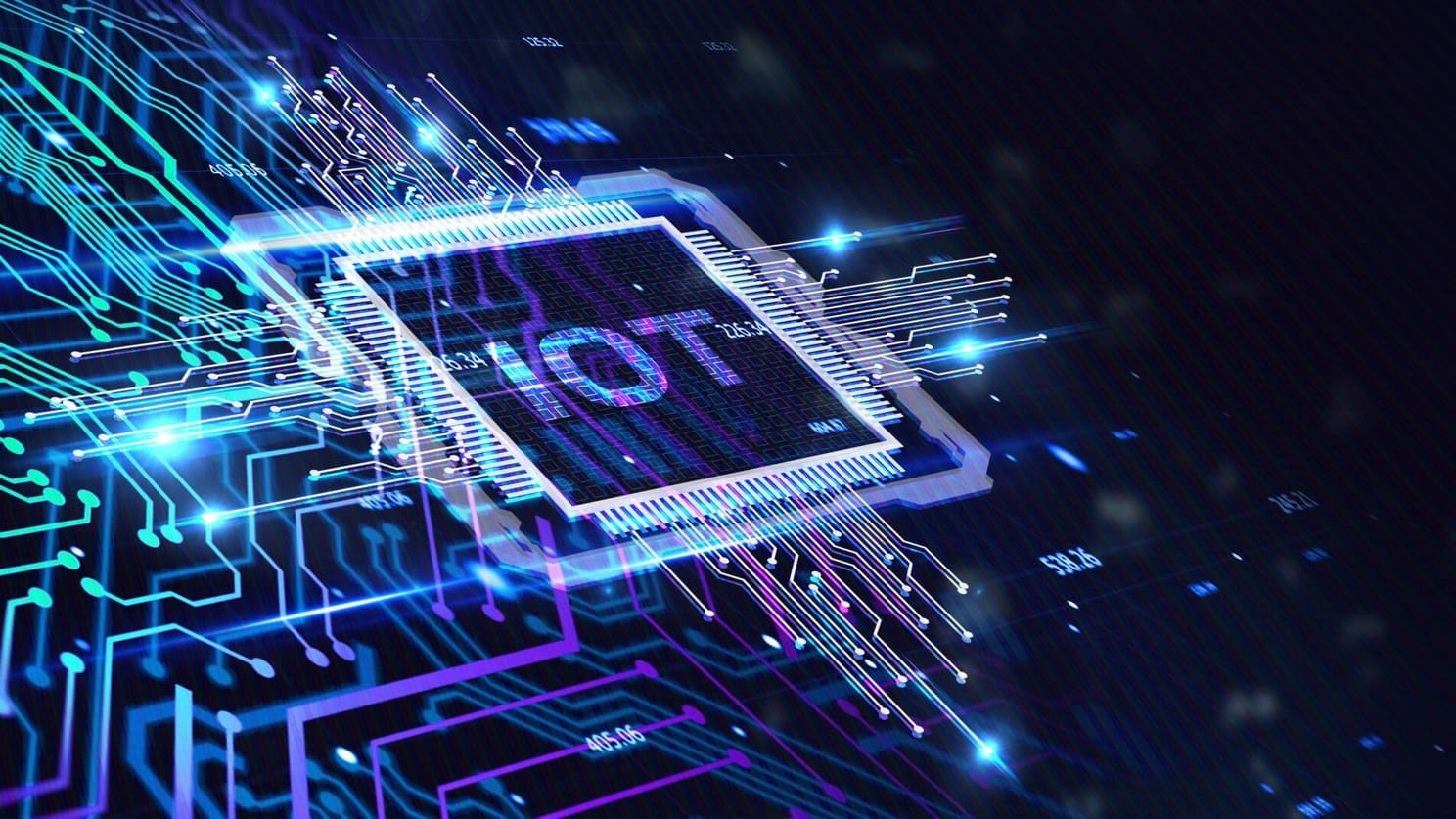
The Internet of Things is a developing network of interconnected gadgets and objects equipped with embedded sensors that can collect and exchange data. These devices, ranging from common household items to complex industrial instruments, are connected to the internet, enabling them to transmit and receive data. This connectivity imbues these devices with a level of digital intelligence, allowing them to communicate in real time without human intervention.
The integration of AI and machine learning represents one of the most fascinating recent advancements in IoT. This facilitates IoT devices not only to collect data but also to analyze and learn from it, resulting in more efficient and intelligent systems. For example, smart thermostats can learn a user's preferences and automatically adjust the temperature in the home, while industrial IoT devices can predict machinery maintenance needs, reducing downtime and saving costs.
IoT is poised to become increasingly integrated into our daily lives and the surrounding infrastructure. One potential development is the concept of smart cities, utilizing IoT devices to optimize traffic flow, manage waste, enhance energy efficiency, and bolster public safety, ultimately leading to more efficient and sustainable urban living. In healthcare, IoT devices may monitor patients' health in real time, generating data that can help predict health issues before they escalate and adjust medication accordingly. Wearable devices could track vital signs, while smart sensors could monitor conditions in a patient's home, improving care quality and patient outcomes.
Furthermore, IoT could play a pivotal role in agriculture, with sensors monitoring soil conditions, crop growth, and livestock health, leading to more efficient and sustainable farming practices.
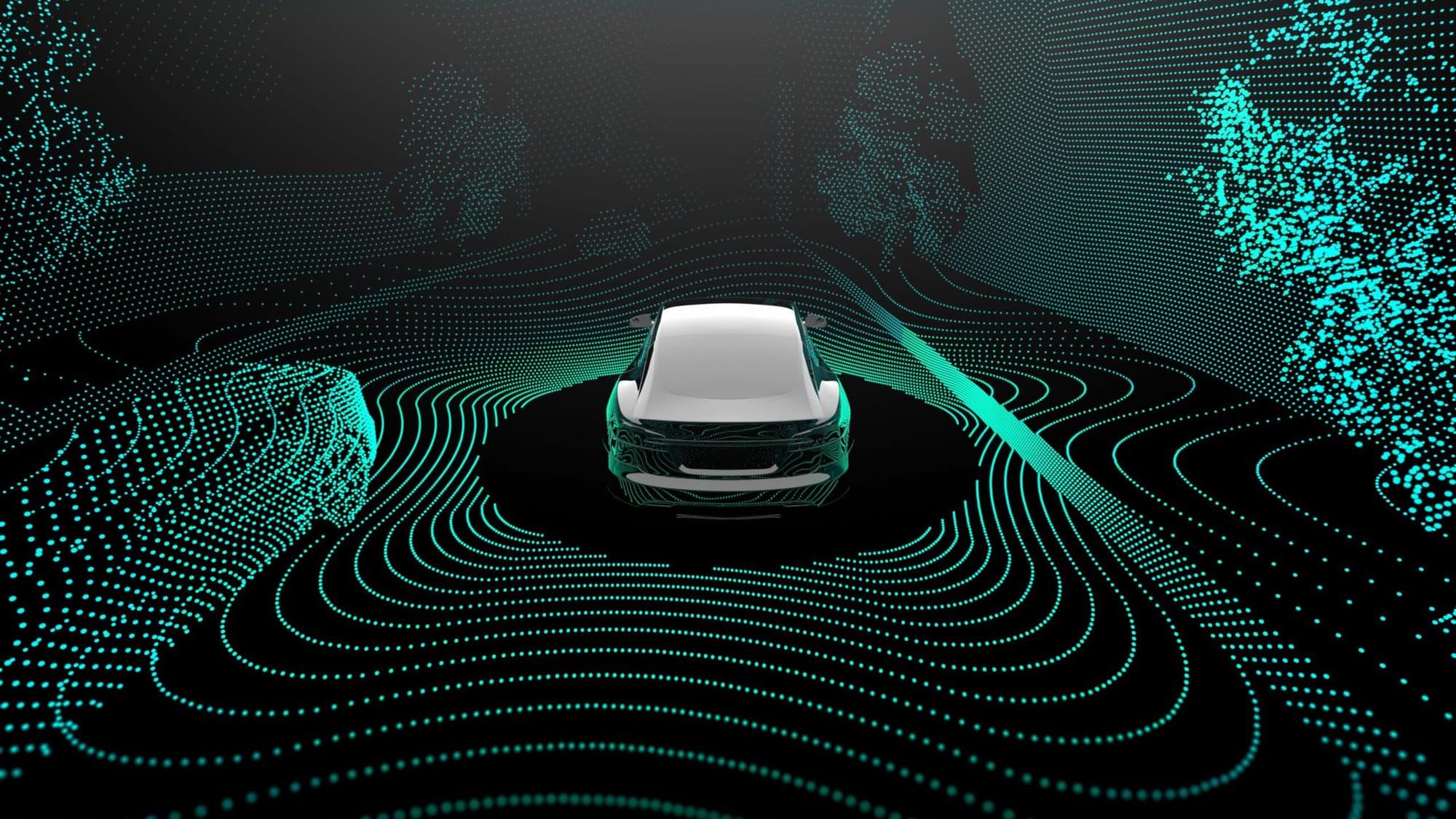
Autonomous vehicles, also known as self-driving automobiles, represent one of the most significant technological advances in recent years. These cars are designed to navigate autonomously, utilizing sensors, cameras, radar, and artificial intelligence to perceive their surroundings. The core of their operation relies on complex algorithms that process sensor data to identify objects, predict their behavior, and make real-time decisions. This technology enables vehicles to comprehend complex situations, navigate through traffic, and adapt to changing road conditions.
The development of artificial intelligence algorithms and sensor technologies is a key aspect of the advancement of autonomous cars. Modern self-driving vehicles are equipped with high-resolution cameras, light detection, and ranging sensors, along with powerful AI systems, aiding drivers in making safer and more efficient decisions. Another notable advancement is the integration of self-driving vehicles with Smart City infrastructure, allowing them to communicate with traffic lights, other vehicles, and pedestrians, thereby enhancing safety and traffic management.
These vehicles have the potential to revolutionize transportation by promoting widespread car-sharing, reducing the need for personal vehicle ownership. Self-driving taxis may become more prevalent than traditional taxis operated by human drivers, offering efficient and potentially more cost-effective transportation options. Autonomous cars could also transform logistics and delivery, enabling more efficient and cost-effective transportation of goods. Driverless trucks and drones could handle long-distance and last-mile logistics, respectively, reducing delivery times and costs.
Furthermore, autonomous vehicles could play a significant role in alleviating traffic congestion and reducing emissions through optimized routing and decreased parking space requirements, leading to more sustainable urban planning and lower carbon emissions.
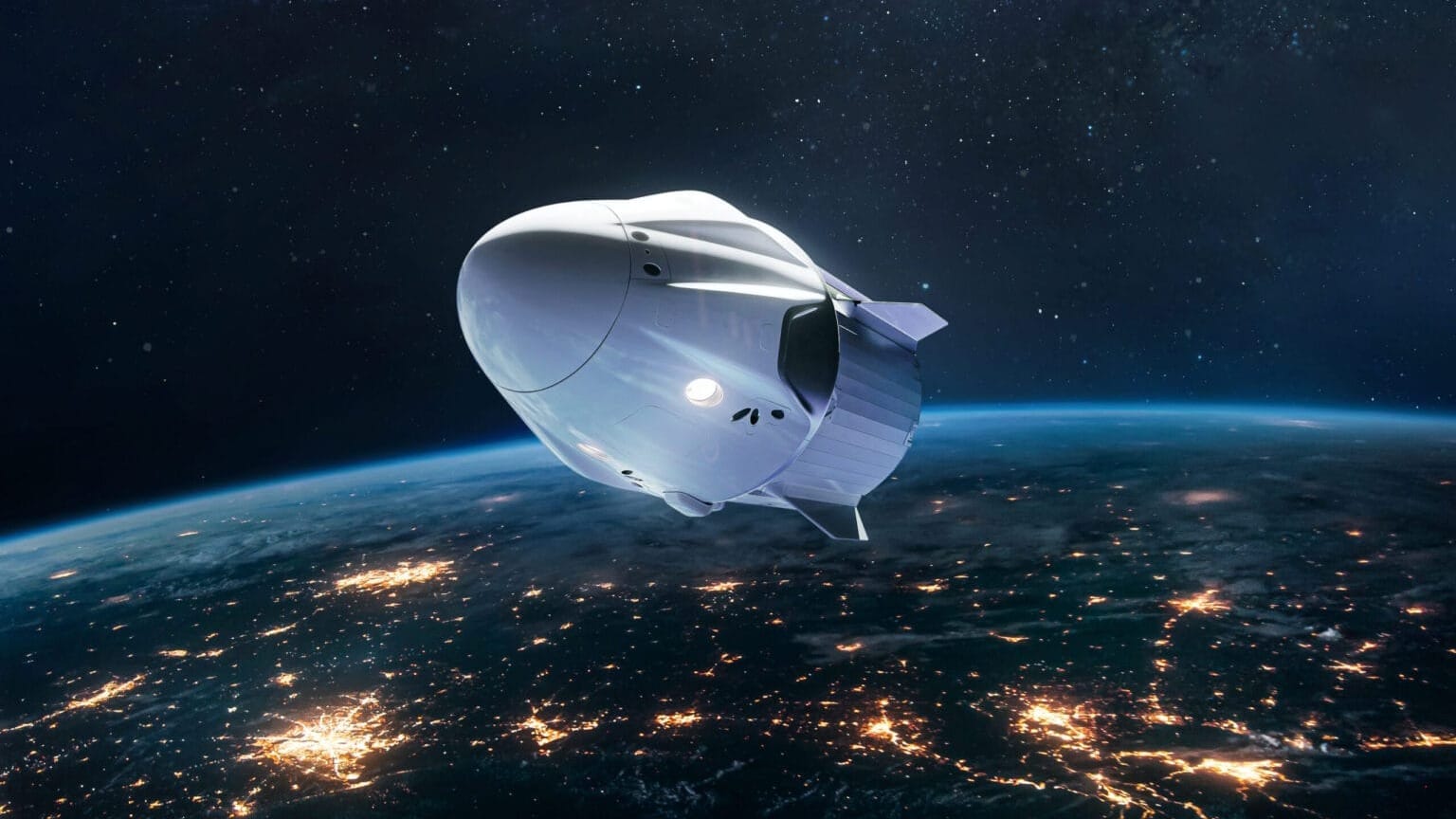
Thanks to advancements made by commercial aircraft companies, space tourism—once only a science fiction dream—is rapidly becoming a reality. Suborbital flights are currently the primary focus of space tourism, offering individuals the opportunity to observe Earth from space and experience weightlessness. Spacecraft developed by companies like Blue Origin can transport passengers just beyond the Karman line, approximately 62 miles above Earth's surface.
These trips utilize spacecraft attached to carrier planes or rocket systems to propel them to the edge of space. Upon reaching the peak altitude, passengers enjoy several minutes of weightlessness and breathtaking views of Earth before descending. The experience involves launching a spacecraft to high altitude, where passengers experience microgravity. The spacecraft then follows a parabolic trajectory, allowing passengers to float weightlessly for a brief period. The entire journey, from takeoff to landing, lasts only a few hours, with the sensation of weightlessness being the highlight. The spacecraft's large windows provide passengers with panoramic views of both Earth and space.
Significant advancements in space tourism may be on the horizon. The introduction of orbital flights, which would enable travelers to orbit Earth and extend their time in space, is one potential development. This would offer a more immersive experience, possibly allowing for longer periods of weightlessness and the opportunity to witness multiple sunrises and sunsets in a single day. Another intriguing possibility is the creation of space hotels or orbital residences where visitors could stay for extended periods. These facilities would offer unique experiences such as zero-gravity sports, spacewalks, and unparalleled views of Earth and the cosmos.
Furthermore, as technology advances, moon tourism could become feasible, allowing travelers to visit and explore the moon's surface and unique lunar environment. This would represent a significant milestone in human space exploration, making the moon accessible not only to astronauts but also to the general public.

Smart cities represent a significant advancement in urban development, utilizing technology to enhance efficiency and quality of life in urban environments. At their core, smart cities integrate various technologies such as Internet of Things devices, sensors, and data analytics to optimize city functions, stimulate economic growth, and improve resource management and citizen well-being.
The use of big data and artificial intelligence to manage and analyze vast amounts of data collected from sensors and IoT devices is one of the most innovative and cutting-edge recent developments in smart cities. This data is utilized to monitor and improve various aspects of urban life, including traffic flow, public transportation, energy consumption, and waste management. For instance, smart traffic lights dynamically respond to traffic conditions to alleviate congestion, while smart grids efficiently manage electricity distribution to minimize waste.
Smart cities may become even more integrated and responsive in the future. One potential development is the widespread adoption of autonomous vehicles in conjunction with city traffic management systems, aiming to further reduce traffic congestion and enhance safety. Additionally, the utilization of drones for delivery services, emergency response, and infrastructure maintenance may emerge as a growing trend.
Furthermore, smart cities play a crucial role in promoting environmental sustainability. Advanced pollution control and monitoring technologies can contribute to creating healthier urban environments, reducing a city's carbon footprint, and effectively managing pollutants.
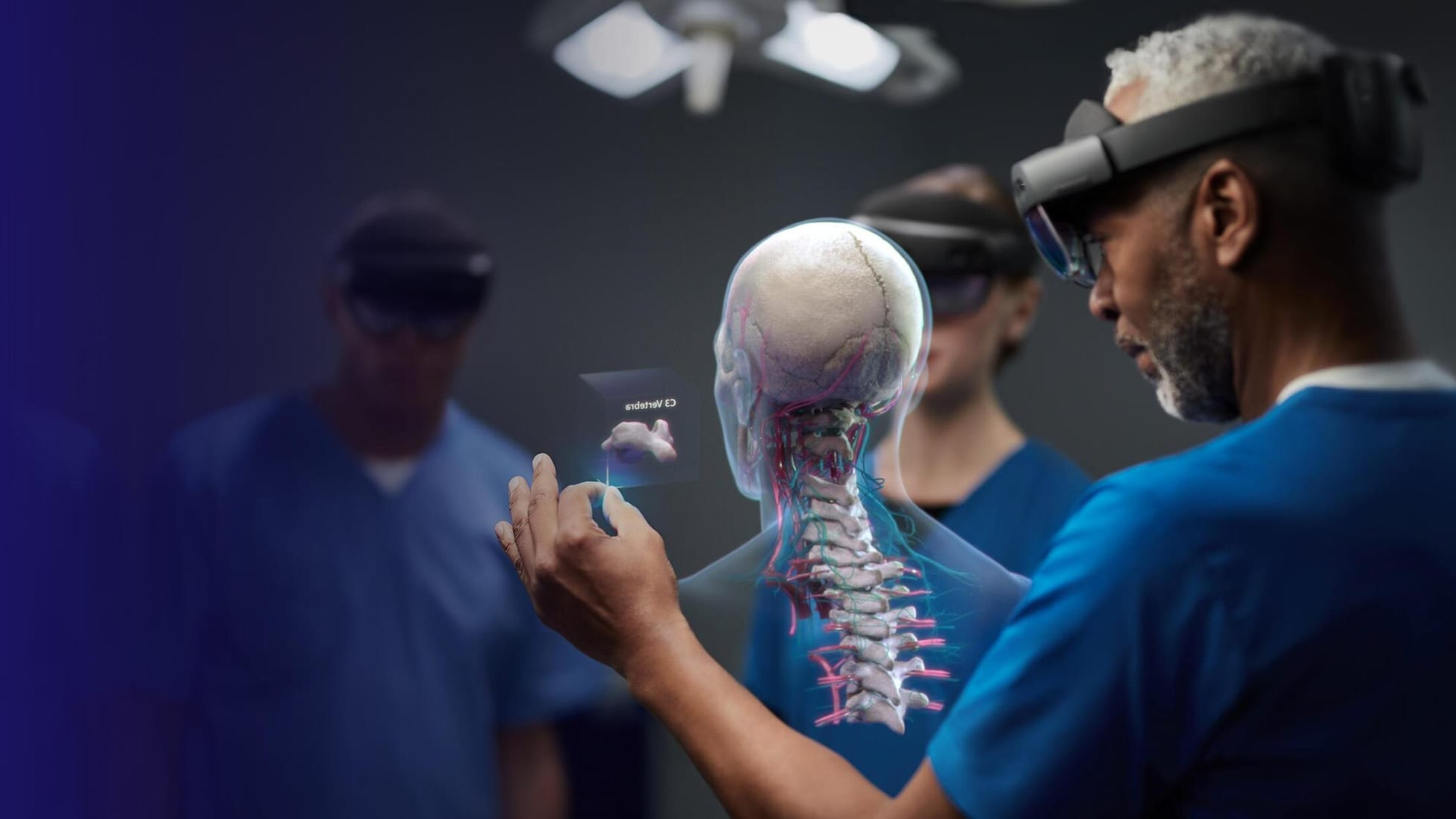
Mixed reality is an advanced technology that blends the digital and physical worlds to create experiences where real-time interactions occur between digital and real-world elements. It offers a more immersive experience than augmented reality alone by combining elements of both virtual and augmented reality. Users can simultaneously engage with the physical environment and digital content when using mixed reality. Typically, mixed reality headsets or glasses equipped with cameras, sensors, and displays are employed to achieve this.
Headset technology represents one of the most exciting recent advancements in mixed reality. Modern mixed reality headsets boast higher resolution, wider field of view, and more accurate spatial tracking, enhancing the immersive experience. Companies like Apple and Meta are poised to become long-term leaders in the mixed reality headset market. Another significant advancement is gesture and speech recognition, enabling users to interact more easily and intuitively with digital information. Retail customers, for instance, can now try on items or visualize furniture in their own homes before making a purchase.
This technology has the potential to revolutionize many industries and daily activities by offering new ways for people to interact with digital content and their surroundings. Mixed reality could become a significant component of various sectors and everyday life. In education, mixed reality could provide immersive, interactive learning environments in classrooms, offering students a more engaging way to grasp complex subjects. Medical students, for example, could practice surgery on virtual patients, while history students could explore 3D environments of past civilizations. In the design and engineering fields, mixed reality could fundamentally change how professionals communicate and visualize their work. Engineers might use mixed reality to interact with complex machinery or systems, while architects could walk through building designs and make real-time adjustments.
Furthermore, remote collaboration and telepresence are two areas where mixed reality could have a significant impact. With mixed reality technology, individuals could collaborate in a shared virtual space regardless of their physical location, enhancing cooperation and productivity across various fields. Moreover, in entertainment, mixed reality has the potential to offer new forms of personalized gaming and interactive media experiences.
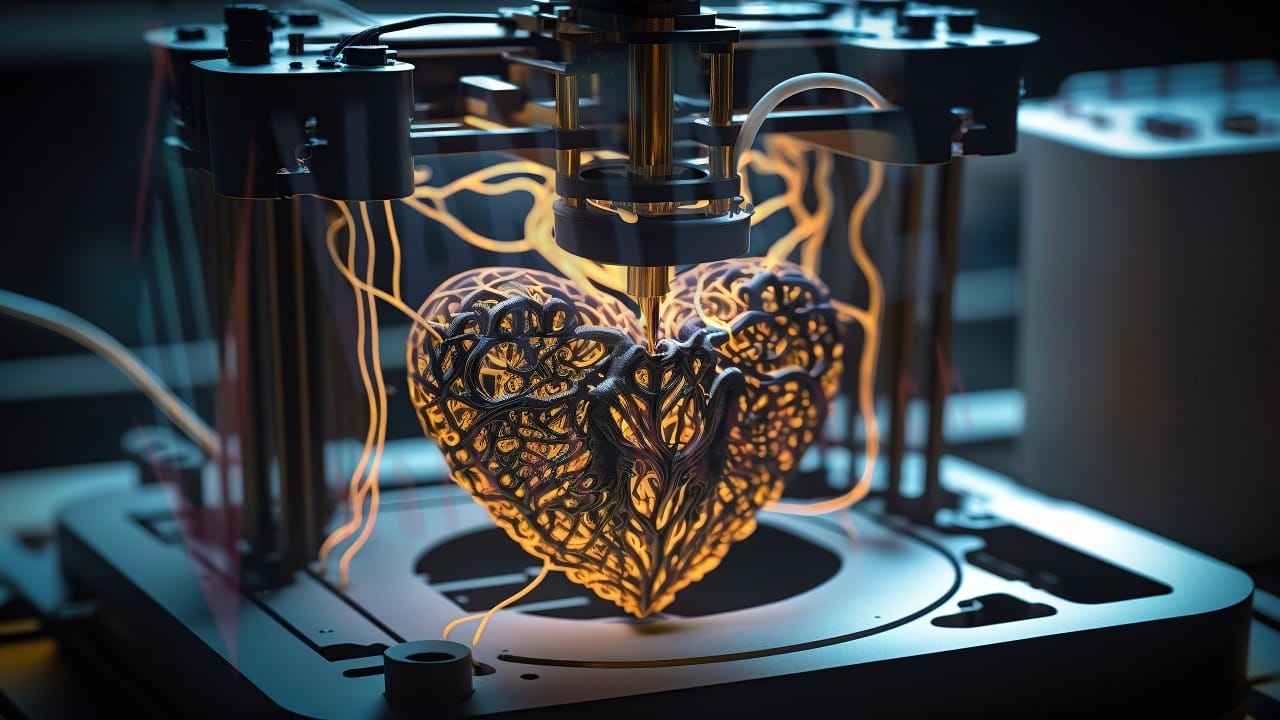
3D printing, also known as additive manufacturing, has undergone significant advancements in recent years, revolutionizing product design, manufacturing processes, and distribution methods. This technology operates by layering materials, typically plastics, resins, or metals, to construct objects based on digital models.
An exceptionally compelling recent advancement in 3D printing involves the broadening of printable materials beyond conventional metals and plastics. Researchers are exploring biomaterials for medical applications, including the printing of organs and tissues for transplantation. Another significant breakthrough is the enhancement of printing speed and size, enabling more efficient production of larger objects, such as vehicle components or even entire structures under construction.
Additive manufacturing has the potential to have a profound impact across various industries. In healthcare, it could become a standard method for creating customized prosthetics, implants, and even organs tailored to the specific needs of individual patients. This would greatly improve patient outcomes while potentially reducing the cost and complexity of medical procedures.
Furthermore, 3D printing has the capacity to localize and streamline production processes in manufacturing, enabling goods to be manufactured where and when they are needed. This shift would eliminate the need for large inventories and lengthy supply chains, promoting more environmentally friendly and efficient production methods. Additionally, 3D printing could play a crucial role in space exploration, allowing astronauts to fabricate tools, spare parts, and even habitats on demand during extended missions.

Solid-state batteries represent a significant advancement in battery technology, offering a promising alternative to conventional lithium-ion batteries. Unlike traditional batteries that use liquid or gel electrolytes, solid-state batteries employ a solid electrolyte, typically made of materials like ceramics or glass-like compounds. This design eliminates the leakage and flammability issues associated with liquid electrolytes, potentially leading to safer and more stable batteries.
A noteworthy developments in solid-state batteries is their higher energy density. These batteries can store more energy in a smaller space compared to traditional ones, which is particularly important for applications such as electric vehicles and portable electronics. The increased energy density could result in extended driving ranges for electric vehicles and longer battery life for devices like smartphones and laptops. Additionally, charging times have improved significantly. Solid-state batteries have the potential to charge much faster than ordinary lithium-ion batteries, greatly reducing the time needed to recharge electric vehicles. Looking ahead, solid-state batteries may have a profound impact across various industries.
In the automotive sector, they could accelerate the adoption of electric vehicles by addressing current limitations such as range anxiety and charging times. This would not only benefit consumers but also contribute to reducing greenhouse gas emissions in transportation. Solid-state batteries could also play a crucial role in renewable energy storage systems. Their higher energy density and stability make them well-suited for storing energy from intermittent sources like solar and wind, enabling more consistent and efficient utilization of renewable energy.
Furthermore, advancements in solid-state batteries may unlock new opportunities in consumer electronics, medical devices, and aerospace applications that require compact, high-capacity, and safe power sources. Overall, the development of solid-state batteries holds great promise for advancing battery technology and addressing the energy needs of various industries.

One of the most significant recent advancements in fusion power is the development of high-temperature superconducting magnets. These magnets play a crucial role in containing and stabilizing the heated plasma where fusion reactions occur, particularly in tokamak reactors, which are a popular design for fusion reactors.
Another noteworthy achievement is the adoption of improved materials and technologies capable of withstanding the extreme temperatures inside fusion reactors. This enhances efficiency and safety, bringing us closer to realizing the potential of fusion power as a practical and sustainable energy source.
A key milestone in fusion research is the attainment of net energy gain, wherein a fusion reactor produces more energy than it consumes. Achieving this goal would mark a significant step forward, establishing fusion as a viable option for large-scale energy production. From a sustainability perspective, fusion power offers the promise of nearly limitless and clean energy. Unlike fossil fuels, fusion produces no greenhouse gases and generates only minimal amounts of short-lived radioactive waste, making it an environmentally friendly alternative and a complement to renewable energy sources.
Furthermore, fusion power could play a crucial role in addressing climate change and meeting the world's growing energy demands. Unlike intermittent renewable energy sources such as solar and wind, fusion has the potential to provide a consistent and reliable source of electricity.

Blockchain technology, best known as the underlying technology of cryptocurrencies like Bitcoin or Ethereum, has undergone significant advancements since its inception. At its core, blockchain is a decentralized digital ledger that records transactions across multiple computers in a secure, transparent, and immutable manner.
Each block on the chain contains a set of transactions, and whenever a new transaction occurs, it is recorded on the ledgers of all participants. The decentralization and cryptographic hashing make it extremely difficult to alter historical records.
An intriguing recent innovations is the expanding use of blockchain technology beyond financial transactions. It is now being applied in supply chain management, enabling businesses to track the manufacturing, shipment, and delivery of products securely and transparently. Additionally, blockchain technology holds promise for providing secure and tamper-proof voting processes.
Furthermore, another significant advancement is the development of smart contracts, which are self-executing contracts with the terms of the agreement encoded directly into the blockchain. These contracts have the potential to automate and streamline complex processes across various industries.

Smart Homes, which connect devices and systems to enhance comfort, convenience, and safety, represent a significant advancement in home technology. These homes are powered by a network of Internet of Things devices, including smart thermostats, lights, cameras, and appliances, which can be remotely controlled using smartphones or voice commands. The application of artificial intelligence and machine learning algorithms allows these devices to learn from user behavior and automate tasks accordingly.
The development of more sophisticated home assistants represents one of the most notable innovations in smart homes. These AI-powered devices can not only respond to voice commands but also proactively manage home environments by adjusting lighting, temperature, and even entertainment based on user preferences and behaviors. Smart cameras and sensors now offer real-time surveillance, facial recognition, and anomaly detection, enhancing homeowners' security and peace of mind.
Future advancements may lead to even more streamlined and user-friendly Smart Homes. The widespread adoption of energy management systems, which could optimize energy usage in real-time and reduce costs and environmental impact, is one potential development. These technologies could be integrated with renewable energy sources such as solar panels to create self-sufficient dwellings. Health monitoring could also see growth, with Smart Homes equipped with sensors tracking residents' health indicators and alerting medical professionals to any issues. This could be particularly beneficial for the elderly or disabled, providing them with increased safety and independence.
Furthermore, Smart Homes are poised to become more intuitive and adaptable in the future, using AI to anticipate and meet individual preferences. This could involve creating personalized exercise plans and cooking recommendations based on dietary requirements and available ingredients.
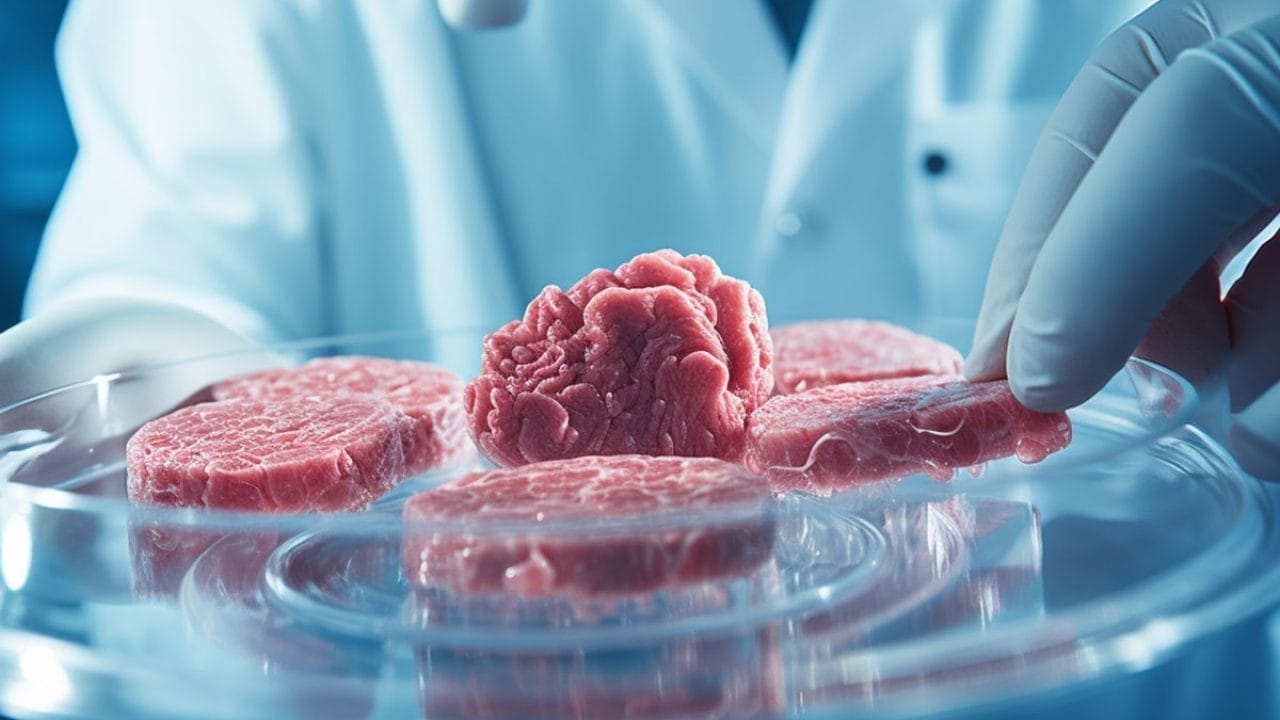
Lab-grown meat, also known as cultured meat, represents a significant advancement in food technology, providing a sustainable and ethical alternative to traditional animal husbandry. This process involves growing meat from animal cells in a controlled environment, eliminating the need for animal slaughter. It begins by extracting a small number of muscle cells from an animal, which are then cultured in a bioreactor where they are fed nutrients and growth hormones, encouraging them to multiply and produce muscular tissue, similar to traditional meat at the cellular level.
Improved manufacturing efficiency and scalability are two of the most significant recent advancements in lab-grown meat. Early tests with cultured meat were costly, but subsequent technological improvements have dramatically reduced costs, making it a more feasible alternative. Another important breakthrough is the diversification of lab-grown meat products. Initially focused on beef, the technology has since expanded to include chicken, pork, and even seafood, increasing its potential impact on the food industry.
As we progress, lab-grown meat may increasingly gain traction as an alternative to conventionally farmed beef. The establishment of large-scale production facilities, akin to breweries, where meat is cultivated in massive bioreactors, is one potential future. This could potentially replace a significant portion of traditional meat consumption by making cultured meat more widely available and affordable. In terms of sustainability, lab-grown meat has the potential to significantly reduce the environmental impact of the meat industry.
Furthermore, cultured meat requires significantly less land, water, and energy than traditional animal husbandry, thereby reducing greenhouse gas emissions. This makes it a promising solution for feeding the world's growing population in a more sustainable manner. Besides, lab-grown meat may pave the way for culinary innovations that allow for the customization of meat products' taste, texture, and nutritional content. This could lead to new advancements in both food science and the art of cooking and preparation.



